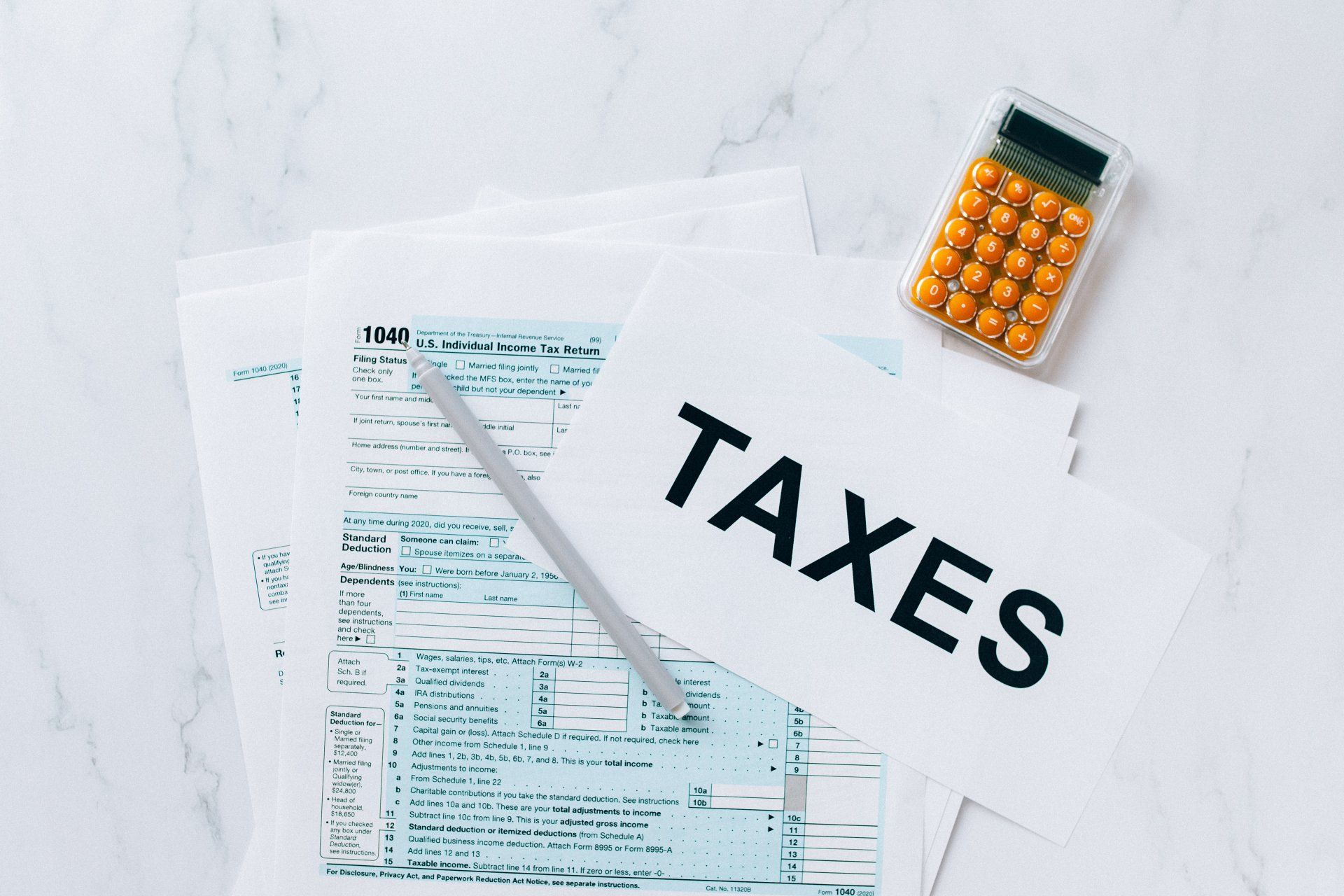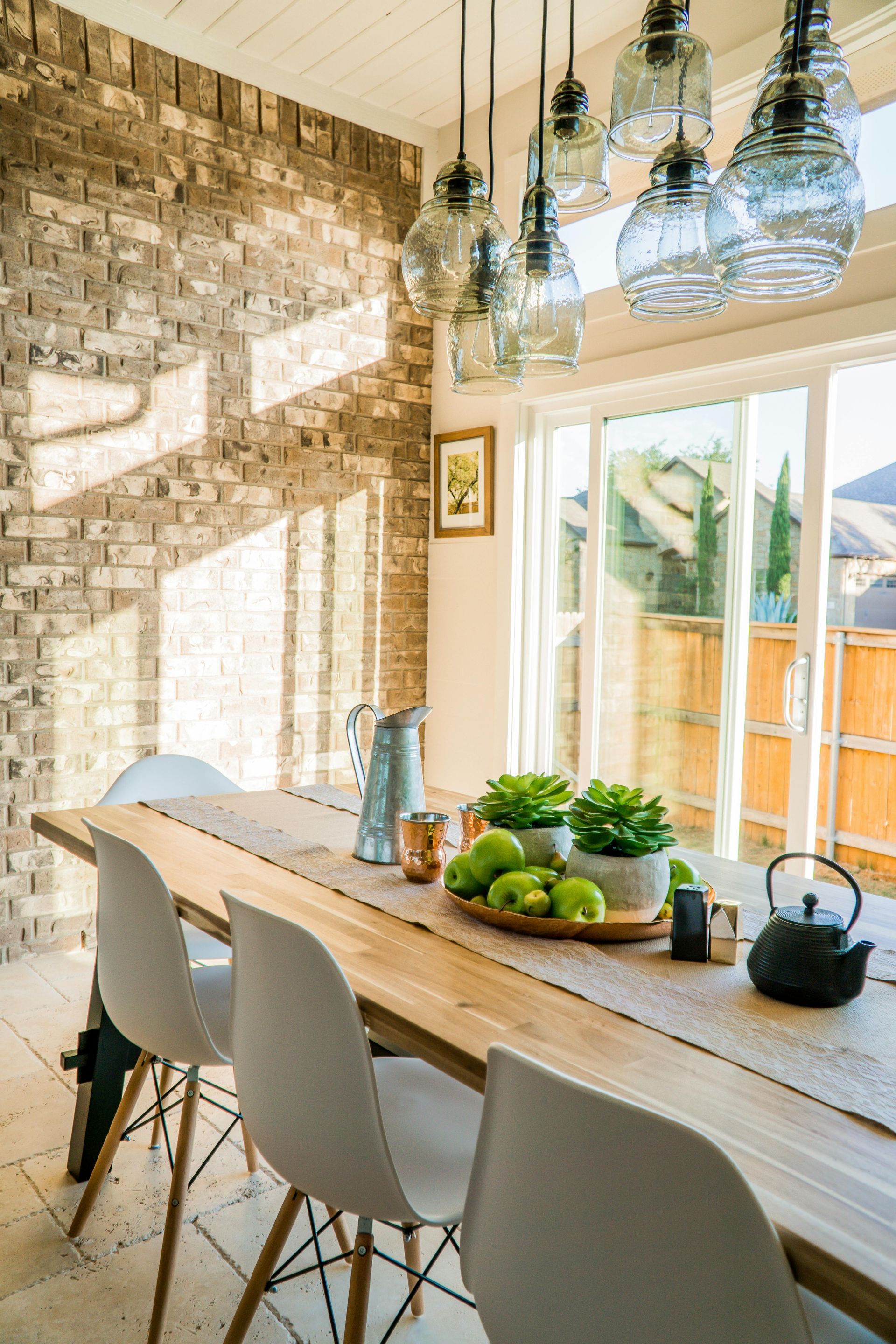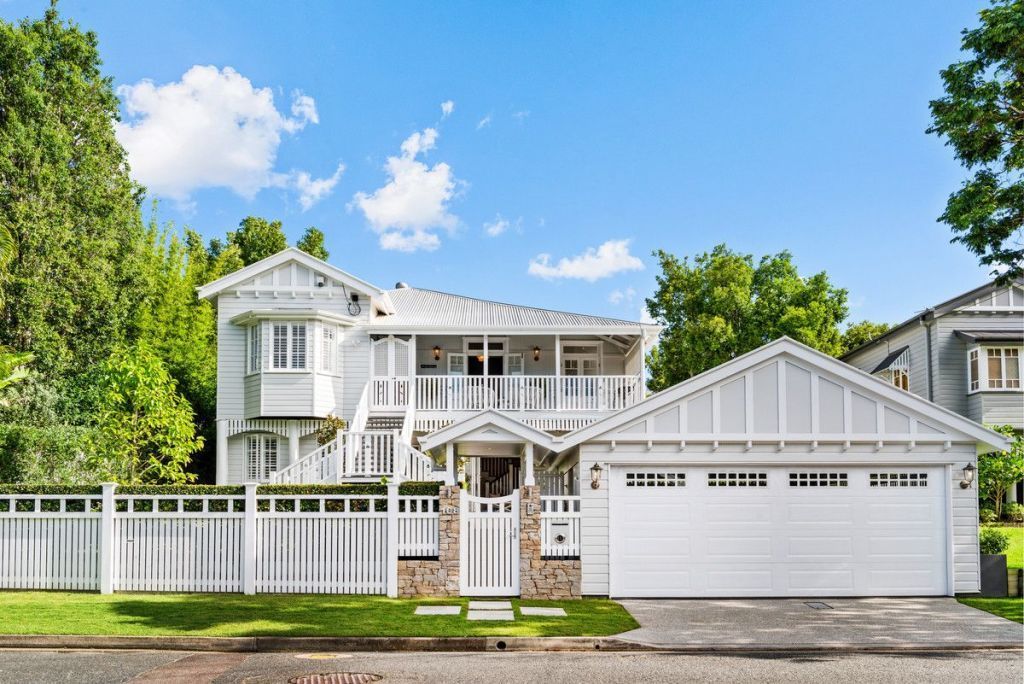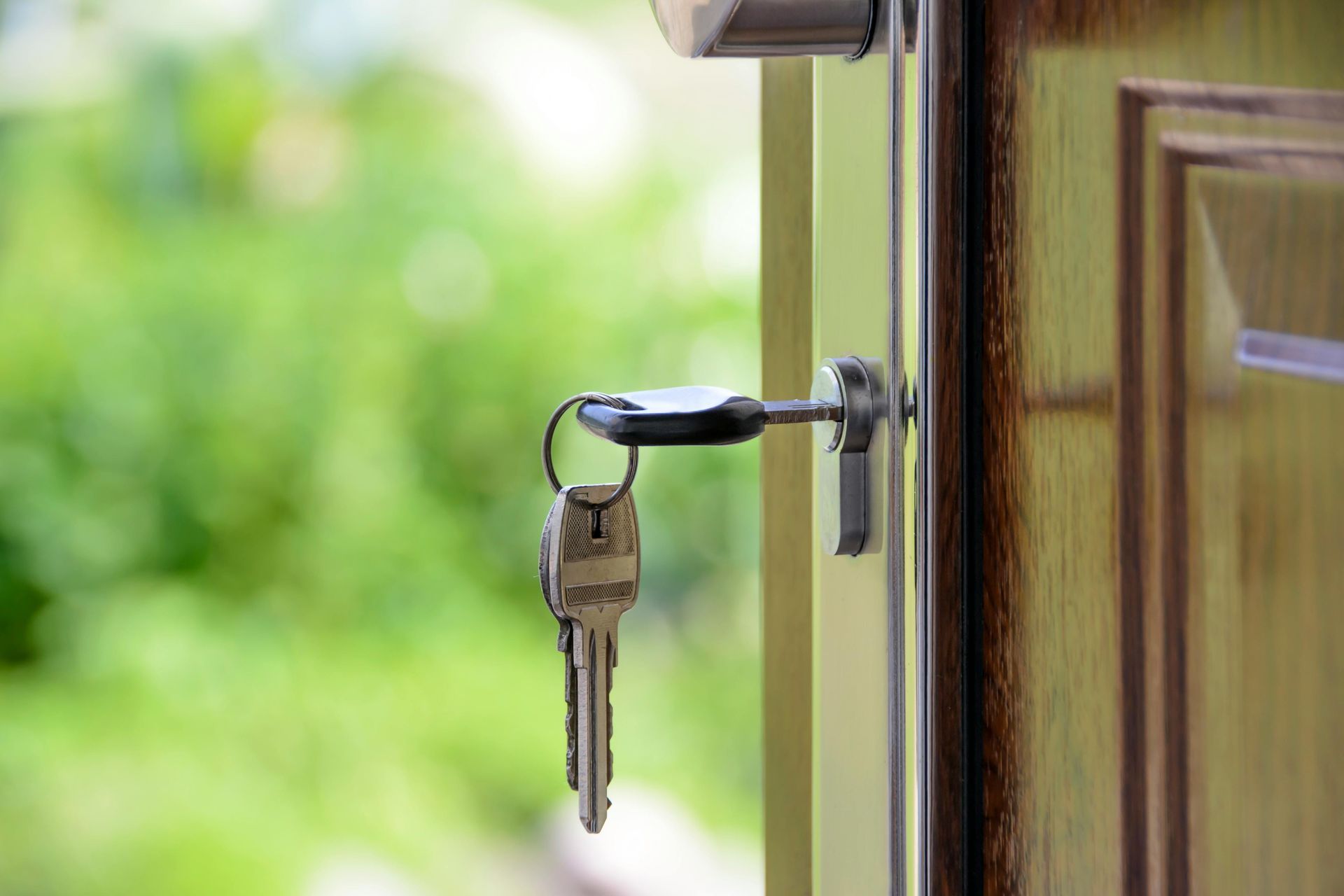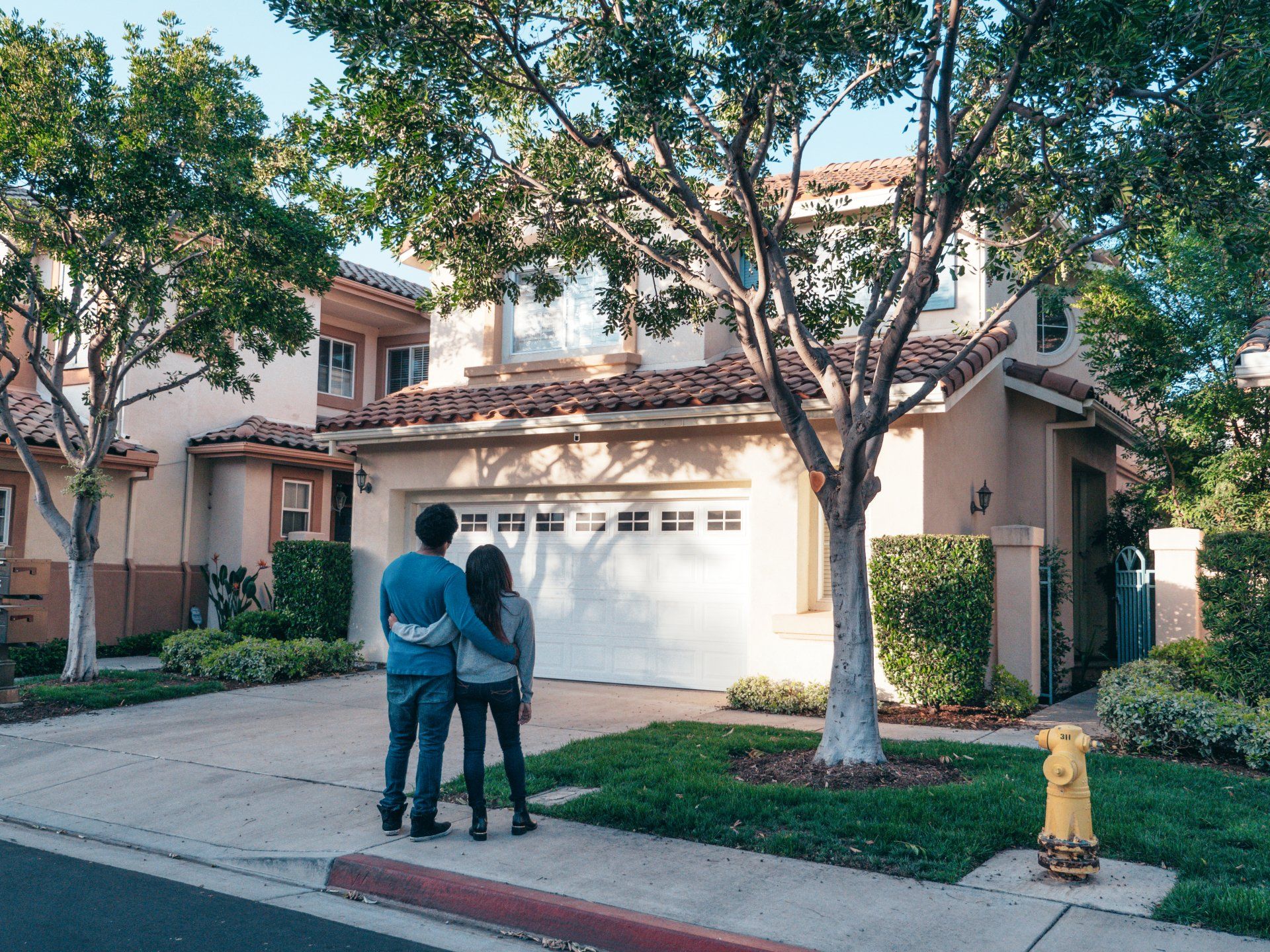Average Cost of Landlord Insurance in Australia: 2024 Update
Landlord insurance is a critical aspect of property management in Australia, providing protection against various risks. In this guide, we'll explore the average costs of landlord insurance. By understanding these costs and the factors influencing them, landlords can make informed decisions to safeguard their investments.
Types of Landlord Insurance
- Building Insurance: Covers the physical structure.
- Contents Insurance: Protects items provided by the landlord.
- Liability Insurance: Covers legal and medical costs if someone is injured on the property.
- Rent Guarantee Insurance: Provides income if tenants can't pay rent.

Factors Affecting the Cost of Landlord Insurance
1. Location and Property Risk Factors
- High-risk areas (e.g., prone to floods or high crime rates) can lead to higher premiums.
2. Property Characteristics and Valuation
- Older properties or those made with expensive materials might have higher premiums.
3. Coverage Options and Policy Limits
- Comprehensive policies with higher coverage limits will cost more.
4. Claim History and Risk Mitigation
- A clean claims history can reduce premiums. Installing security systems or fire alarms can also help.
5. Number of Insured Properties and Insurance Providers
- Multi-policy discounts are often available if you insure multiple properties with the same provider.
6. Legal Requirements and Policy Conditions
- Some areas may have specific legal requirements that impact insurance costs.
Average Cost of Landlord Insurance
The average annual cost of landlord insurance in Australia varies widely:
- NSW: $2,056 for houses, $391 for units.
- VIC: $1,769 for houses, $347 for units.
- North QLD: $5,159 for houses, $647 for units.
- QLD: $1,957 for houses, $341 for units.
- SA: $1,731 for houses, $324 for units.
- WA: $1,789 for houses, $373 for units.
- TAS: $1,823 for houses, $319 for units.
- NT: $5,342 for houses, $606 for units.
- ACT: $2,056 for houses, $391 for units.
Factors influencing these costs include location, property characteristics, and coverage levels.
Insights from Leading Providers
Terri Scheer
Terri Scheer is a well-known provider of landlord insurance in Australia. They offer comprehensive coverage options, including:
- Building Insurance: Covers damage to the structure of your property.
- Contents Insurance: Protects items you provide in the rental property.
- Loss of Rent: Covers rental income loss due to tenant default or property damage.
- Liability Insurance: Protects against legal claims if someone is injured on your property.
AAMI
AAMI is another major player in the landlord insurance market, known for their extensive coverage and customer service:
- Building and Contents Insurance: Protects the structure and landlord-provided contents.
- Tenant Protection Cover: Optional cover for unpaid rent, tenant theft, and malicious damage.
- Legal Liability: Up to $20 million coverage for injury or property damage claims.
How to Choose the Best Landlord Insurance
- Assess Your Needs: Determine the level of coverage you require.
- Compare Quotes: Shop around and compare policies.
- Read the Fine Print: Understand the exclusions and limits.
- Consult an Insurance Broker: Get professional advice to ensure you're adequately covered.
Common Mistakes to Avoid
- Underinsuring Your Property: Ensure the coverage is adequate for potential losses.
- Ignoring Policy Exclusions: Know what's not covered to avoid surprises.
- Not Updating Your Policy: Regular updates ensure coverage matches the current value and conditions of your property.
- Skipping Liability Coverage: Liability claims can be costly, so it's essential to have this protection.
Tips for Reducing Your Landlord Insurance Premiums
1. Risk Assessment and Mitigation Measures
- Regularly assess risks and take steps to mitigate them, such as installing security systems.
2. Optimal Coverage Selection
- Choose coverage that fits your needs without unnecessary add-ons.
3. Comparison Shopping
- Compare multiple insurance providers to find competitive rates.
4. Property Maintenance and Upkeep
- Keeping your property well-maintained can reduce the likelihood of claims.
5. Policy Review and Updates
- Regularly review and update your policy to ensure it aligns with your current needs and property value.
In Summary
Landlord insurance can be an invaluable asset for property owners, providing protection against numerous risks. While not legally required, it offers peace of mind and financial security. By understanding the factors that influence costs and implementing strategies to minimise premiums, landlords can ensure they are well-protected without overspending. Remember, regular policy reviews and risk assessments are key to maintaining optimal coverage. For more tips and personalised advice on landlord insurance, feel free to reach out to our
expert property management team. Your property is a significant investment—protect it wisely!
Share this with friends!
Latest Property Market Insights



